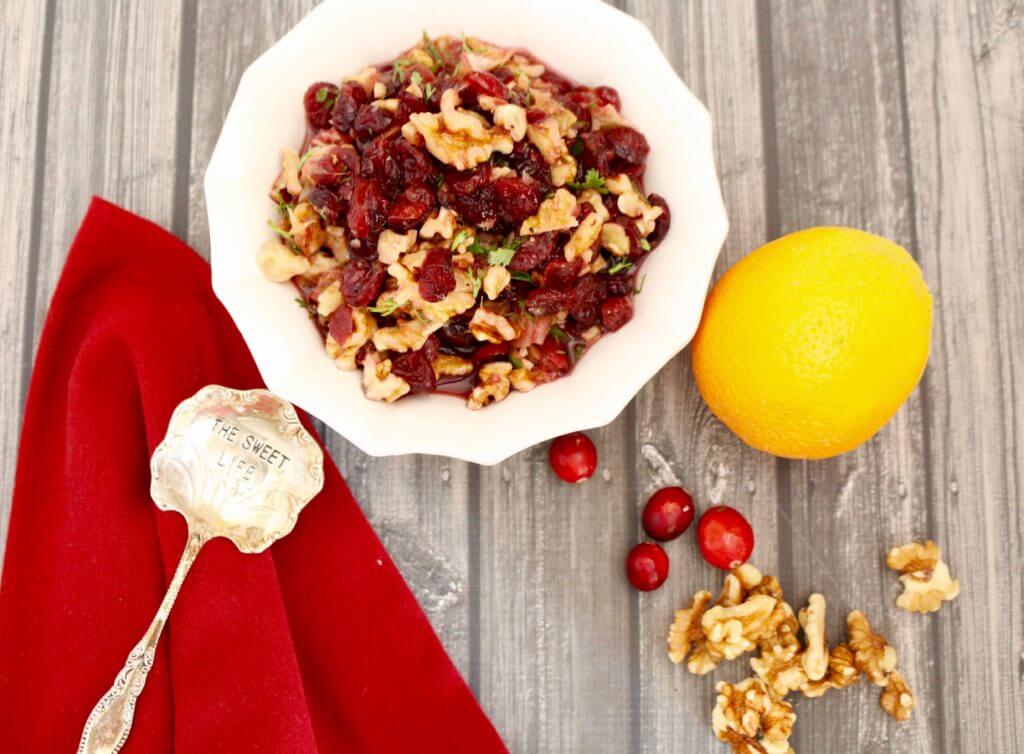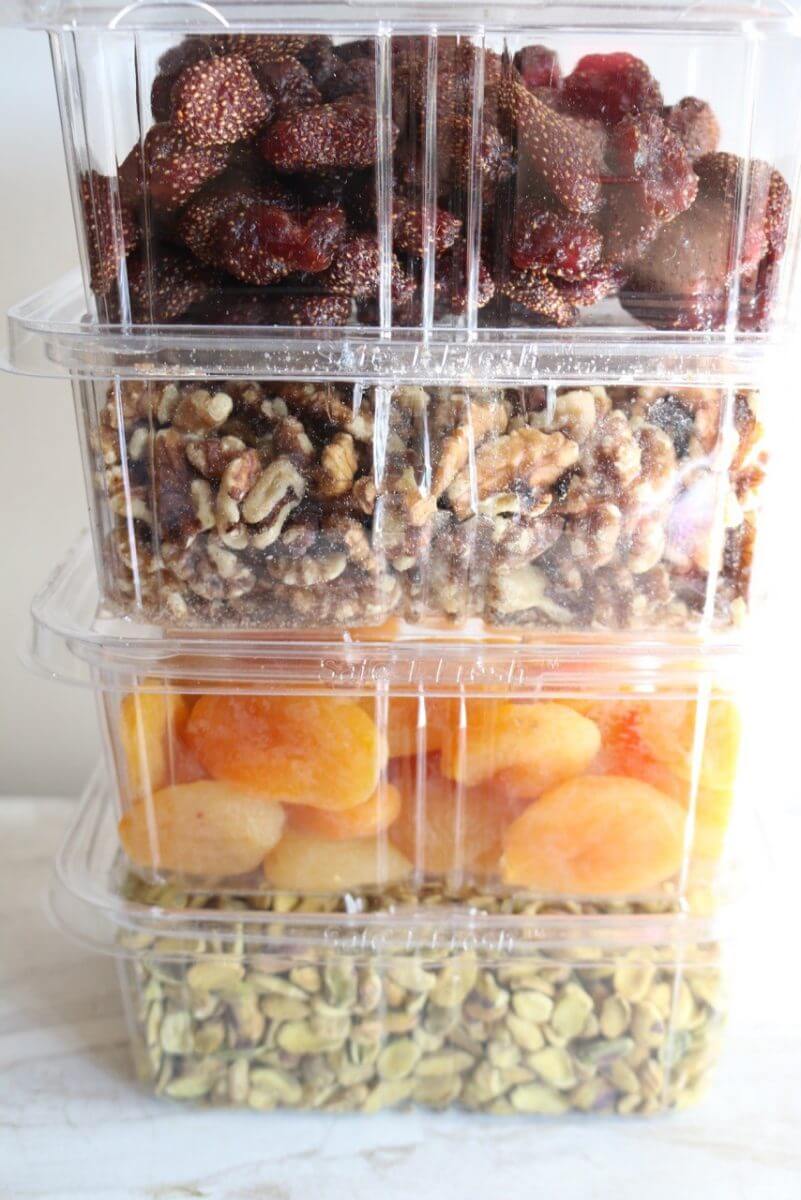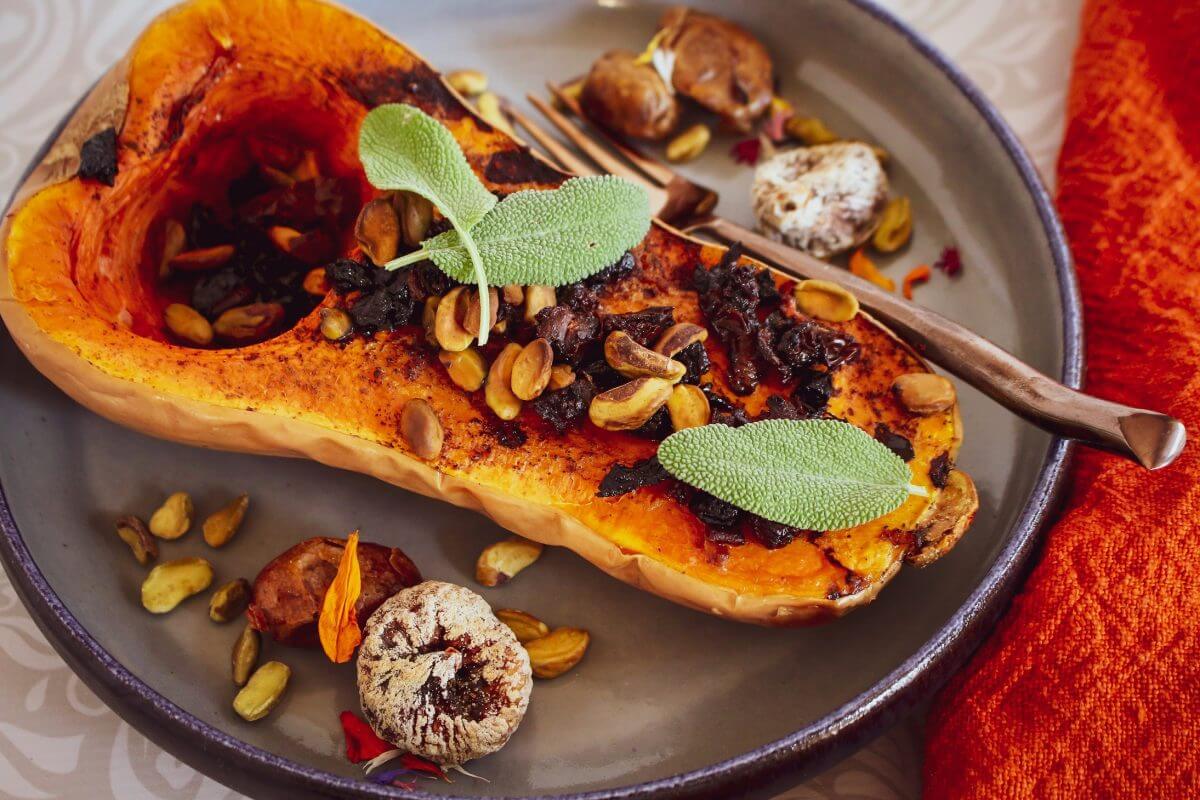Dried Fruits: Endless Summer Eating

If you’re like me, you eagerly await summer, when the first fresh fruits—peaches, apricots, berries, plums, and grapes—appear. Indeed, these are precious gems of the season, but they seem to vanish as quickly as they arrive. Fortunately, dried fruits are available all year long, offering a sustainable, seasonal, and healthful alternative for fresh forms when the summer season subsides.
How are dried fruits created? Drying removes water, which makes them shelf stable, and produces a rich, sweet flavor, while concentrating some nutrients, such as fiber, iron, potassium, and selenium. However, the drying process does reduce some important nutrients that are heat sensitive (heat is used to kill microorganisms and speed up the drying process), such as vitamin C. And sulfur dioxide, often added as a preservative, can destroy thiamin and cause concern if you are allergic to sulfur.

Dried fruits are a more seasonal, sustainable offering during the off-season, helping you to limit the number of miles your produce travels to you in the cooler months. They can also help you reach the recommended one to two cups of fruit a day for optimal health, but keep in mind that they are concentrated in calories than fresh. A serving of dried fruit is basically half that of fresh (about ¼ cup). And a quick glance at the label may also reveal added sugars in many dried fruits. So, look for unsweetened dried fruits as a delicious way to get your daily dose of fruits, and add the flavor of fruits to recipes, such as cereal, salads, desserts, snacks, and trail mix.

Dried Fruits Nutrition Lineup
Here’s a look at the nutritional lineup and culinary uses for common dried fruits.
Dried fruit, ¼-cup serving |
Star nutrients* |
Culinary uses |
Apricots |
Calories: 78 calories
Fiber: 2 g (10% DV) Vitamin A: 1,172 IU (24% DV) Vitamin E: 1.4 mg (7% DV) Potassium: 378 mg (11% DV)
|
Add apricots to fruit platters, couscous, granola, and salads. |
Figs |
Calories: 93
Fiber: 4 g (15% DV) Vitamin K: 5.8 mcg (7% DV) Potassium: 253 mg (7% DV) Manganese: .2 mg (10% DV) |
Use to fill crumbles and bars, add to veggie platters, and fill with nut butters as a snack. |
Plums (Prunes) |
Calories: 105
Fiber: 3 g (12% DV) Vitamin A: 340 IU (7% DV) Vitamin K: 26 mcg (32% DV) Potassium: 319 mg (9% DV)
|
Whip prunes as a natural sweetener for desserts. Chop into roasted vegetable dishes and rice pilafs. |
Raisins |
Calories: 123
Fiber: 1.5 g (6% DV) Potassium: 309 mg (9% DV) Copper: .1 mg (7% DV) Manganese: .1 mg (6% DV) |
Add to cookies, cereals, breads, cakes, and trail mixes. |
Dates |
Calories: 104
Fiber: 3 g (12% DV) Potassium: 241 mg (7% DV) Manganese: .1 mg (5% DV) |
Add to baked goods, such as cookies, muffins, pancakes, and cakes. Fill with cashew cheese and nuts as a delicious appetizer. |
Note: g=gram, mg=milligram, mcg= microgram, IU= International Units, DV=Daily Value, daily requirement based on 2,000 calorie/day diet. *Selected nutrients listed, foods may be good sources of additional nutrients.
Image: Cranberry Walnut Relish, Sharon Palmer, RDN


